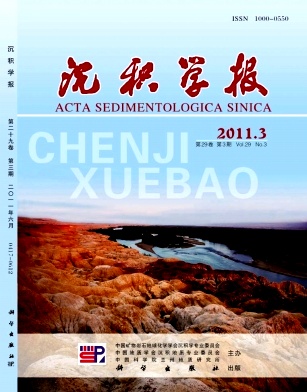Evolutionary Paleoceanographic Characteristics in the Northern South China Sea Since Late Pleistocene: Evidence from Core N31
- Received Date: 1900-01-01
- Rev Recd Date: 1900-01-01
- Publish Date: 2011-06-10
-
Key words:
- paleoceanography
Abstract: The South China Sea is the largest marginal sea in the western Pacific Ocean and its' north and south are wide continental shelf. There are many rivers flow into the South China Sea. The highresolution sediment records abundant environmental information of land and sea. This area has become one of hotspots on paleoceanography research and made a lot of research results. Planktonic foraminifera are very sensitive to changes of marine environment. Sea water temperature changes can directly affect the migration and succession of biota. Therefore, research the distribution of planktonic foraminifera in core sediment to analyze the evolution of paleoclimate. In this paper, a sediment Core N31 located in the northern South China Sea had been researched including quantitative analysis and identification of planktonic foraminifera, oxygen and carbon isotopes, carbonate content and grain size, AMS14C dating, sea surface temperature and thermocline depth calculated by paleoecological transfer function. The following conclusions have been attained:
1) The bottom age of Core N31 was about 55ka BP and this core accepted deposition since marine isotope stage 3.
2) Planktonic foraminifera species analysis showed that changes in abundance as the glacialinterglacial cycles and change. Tropical and subtropical species appeared in lager numbers in interglacial and its maximum percentage in MIS3 or MIS1, but temperate species appeared in larger numbers in the glacial period.
3) The sea surface temperature (SST) estimated by the transfer function FP12E shows that the summer SST ranges from 27.0 to 29.6℃ and the winter SST from 18.2 to 27.0℃. The comparison of SST data between the southern and northern SCS shows that SST in the southern SCS is higher than that in the northern SCS. The SST difference is more obvious in winter.
4) The thermocline data show no obvious fluctuations during MIS3MIS2, but the depth deepened gradually during the transitional period from the glacial to the postglacial.
| Citation: | LI Xiaoyan. Evolutionary Paleoceanographic Characteristics in the Northern South China Sea Since Late Pleistocene: Evidence from Core N31[J]. Acta Sedimentologica Sinica, 2011, 29(3): 572-579. |






 DownLoad:
DownLoad: